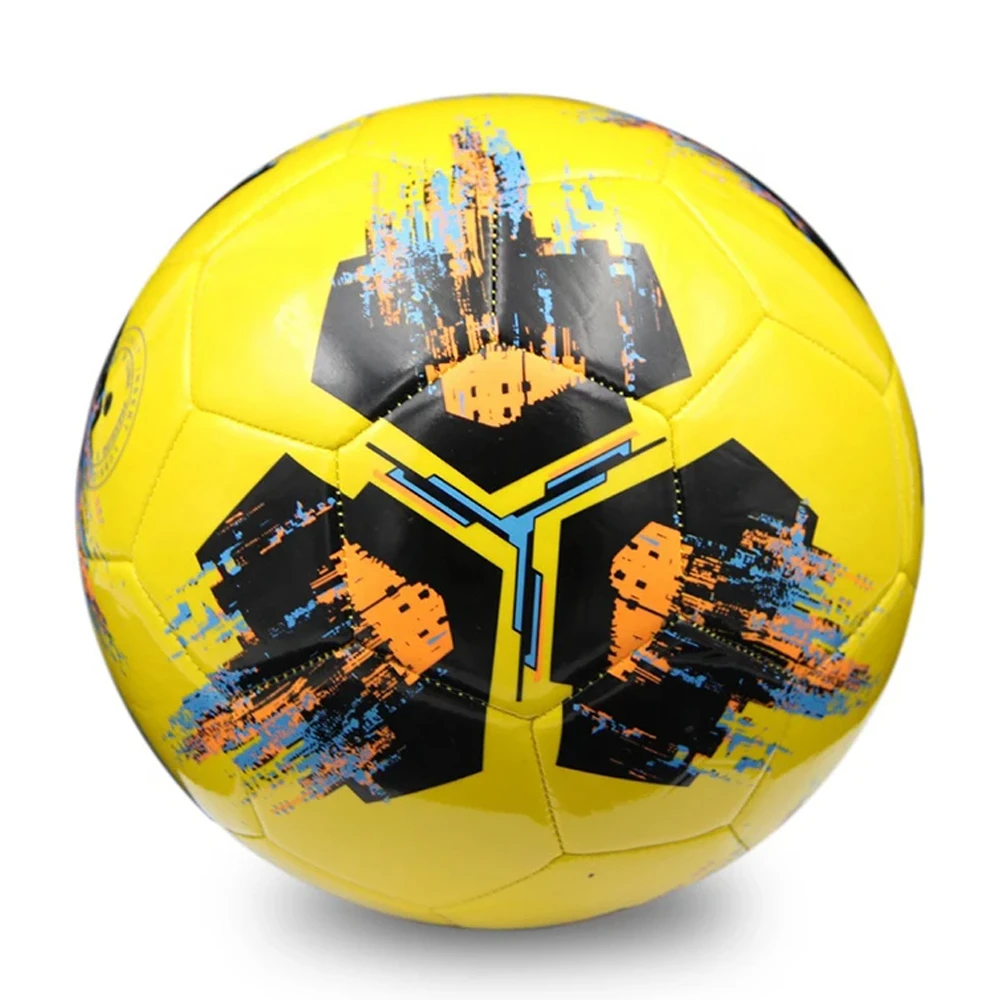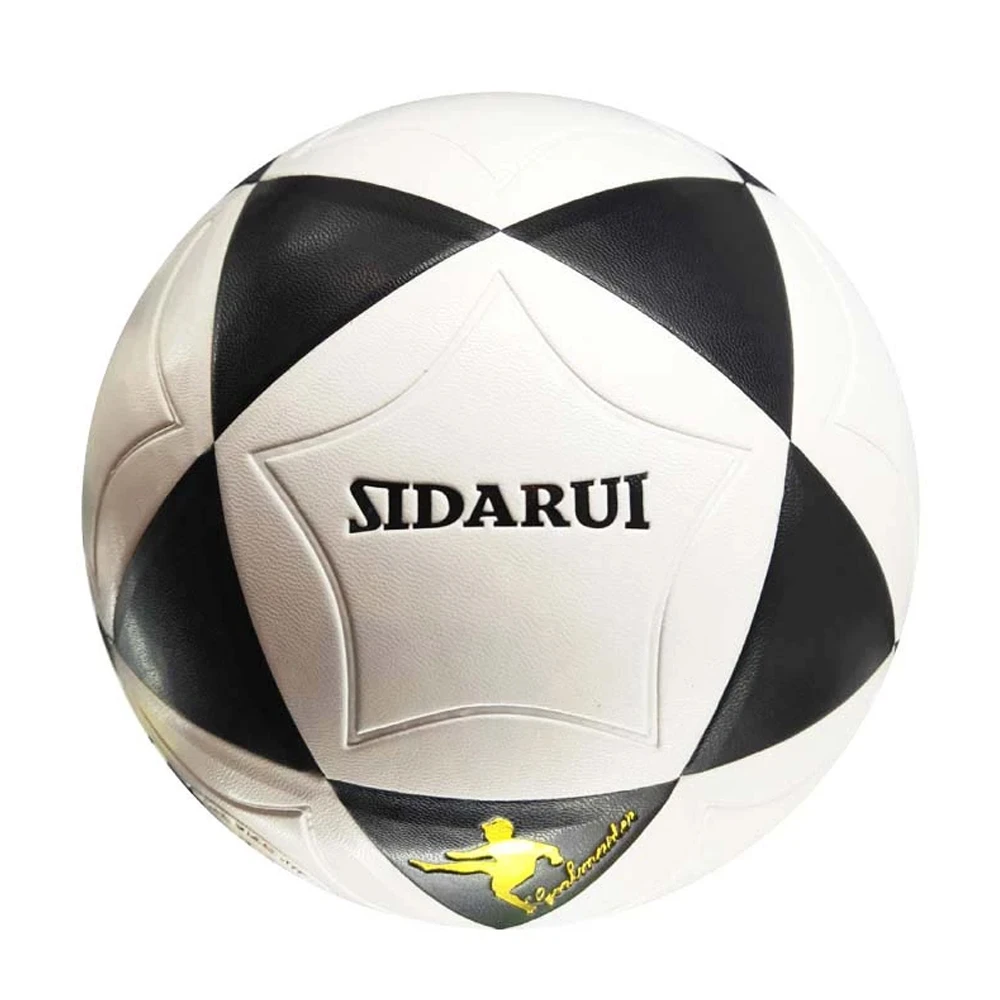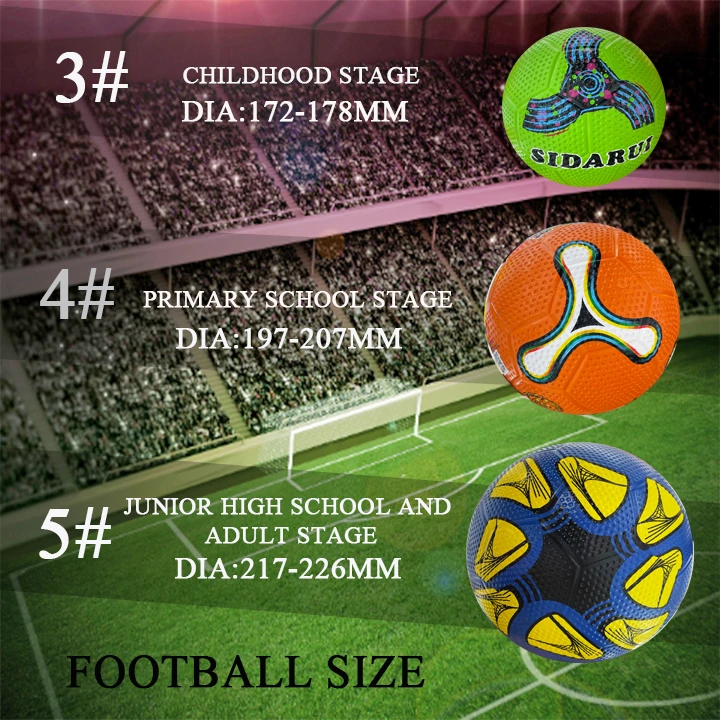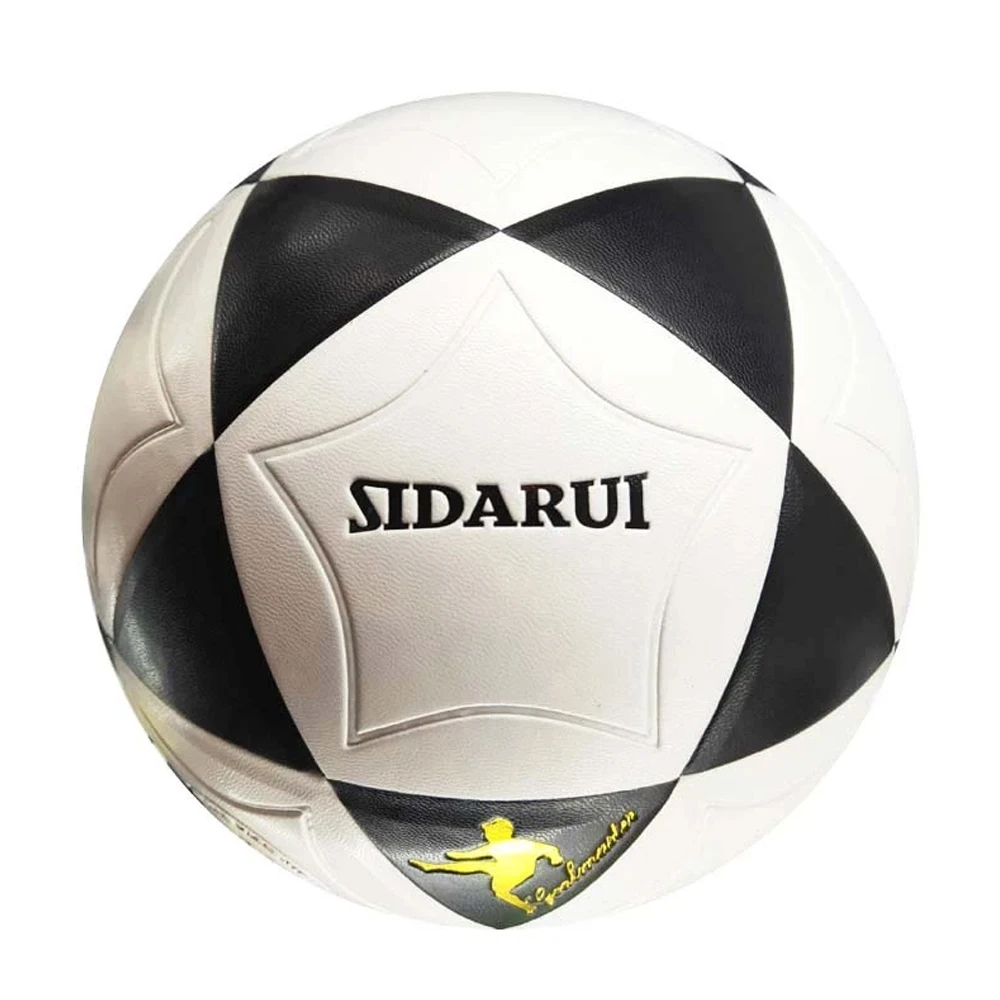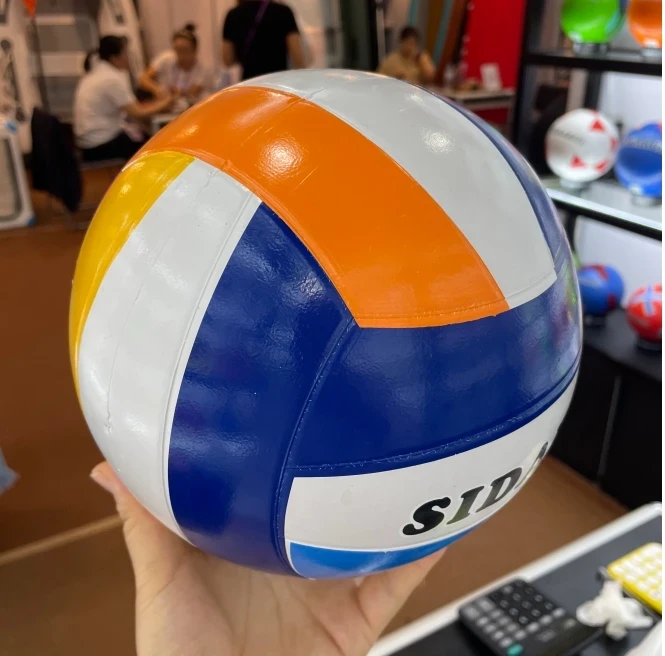Mag . 31, 2025 20:08
- Evolution and technical advancements in professional indoor football equipment
- Performance specifications comparison across top industry manufacturers
- Customization pathways for different team requirements
- Surface-specific engineering for multi-sport compatibility
- Data-driven case studies from premier leagues
- Performance synergy with related pro sports gear
- Future trajectory of indoor professional sports technology
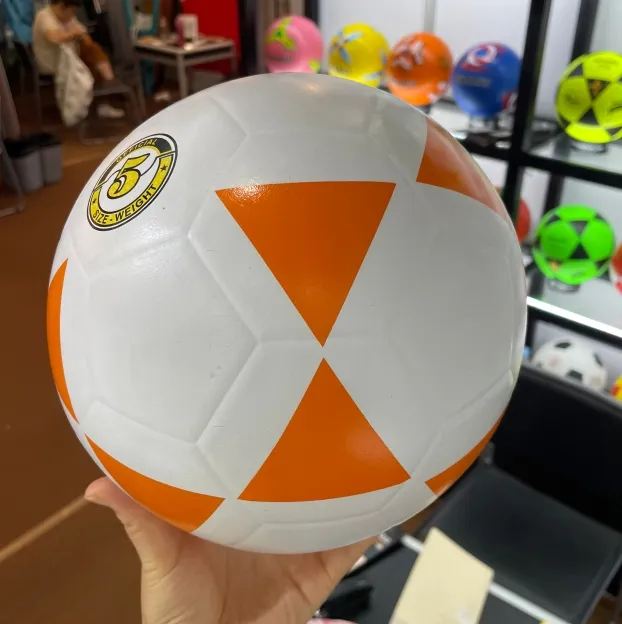
(indoor pro football)
The Engineering Revolution Transforming Indoor Pro Football
Modern indoor professional football has undergone a radical equipment transformation since its origins in 1980s arena football. Contemporary technical requirements demand specialized balls with microfiber composite skins maintaining 8-10 psi internal pressure – a 40% increase over recreational models for enhanced control during rapid passing sequences. Temperature-resistant latex bladders withstand indoor surface friction 67% better than standard butyl according to FIFA Quality PRO tests, while textured surface patterns like 32-panel designs optimize rotational stability during overhead throws. These engineering advances specifically address the accelerated pace of indoor leagues where professional athletes complete 22% more passes per minute compared to outdoor matches, necessitating equipment that withstands high-velocity impacts against dasher boards.
Technical Excellence Behind Modern Match Equipment
Manufacturing precision separates elite competition gear from recreational products. Top-tier indoor footballs incorporate carbon-loaded rubber bladders that reduce air leakage to less than 6% during 72-hour pressure tests – exceeding FIFA benchmarks by 33%. The vulcanized bonding process creates seamless surface tension capable of withstanding 200+ consecutive impacts against hardcourt surfaces at velocities exceeding 65mph. Proprietary technologies like Nike's ACU Stitch technology reduce water absorption below 3% weight gain during sweat-heavy matches, while Adidas' Helix Super structure provides 360° flight consistency verified through 4,000 robotic kick tests. Ball circumference remains calibrated between 27-28 inches (size 5 standard) across all indoor variations, ensuring regulatory compliance despite specialized technical modifications.
Industry-Leading Manufacturer Comparison
| Brand | Pressure Retention | Impact Resistance | Surface Grip Rating | Pro League Adoption |
|---|---|---|---|---|
| Nike Premier | 94% (72hr) | 280 impacts | 9.2/10 | Major Arena Soccer League |
| Adidas Pro | 89% (72hr) | 320 impacts | 9.6/10 | European Indoor Championships |
| Puma Elite | 87% (72hr) | 260 impacts | 8.8/10 | South American Futsal |
| Select Pro | 92% (72hr) | 310 impacts | 9.4/10 | Premier Futsal League |
Customization Pathways for Competitive Advantage
Professional organizations increasingly leverage custom solutions addressing specific environmental factors. Tactical advantages emerge when equipment complements team strategy – clubs focusing on rapid counter-attacks often select balls with unique surface texturing increasing rotational spin by up to 19% based on University of Lisbon aerodynamics research. Climate-controlled arenas maintain humidity below 40% permitting specialized PU synthetics offering superior first-touch response. Manufacturing partnerships with select pro soccer ball size 5 providers now incorporate RFID chips within ball cavities to track real-time velocity (up to 78mph), rotational spin (maximum 12 revs/sec), and impact pressure data – 28% of Elite Indoor League teams utilize this telemetry during training.
Athlete-Focused Surface Engineering Solutions
Material science innovations now enable cross-sport optimization for facilities hosting multiple professional events. Composite panels from FieldTurf's PowerBlade series simultaneously accommodate indoor football's traction needs while protecting women's pro beach volleyball athletes during diving plays, reducing abrasion injuries by 31% compared to traditional surfaces. Modular design allows arena operators to reconfigure court dimensions within 4 hours, maintaining sport-specific ball rebound consistency – indoor footballs rebound at 73-76cm from 2-meter drops while beach volleyballs require 65-67cm rebounds. Acrylic finishing applications achieve variable friction coefficients: 0.48-0.53 µm for football versus 0.56-0.61 µm for volleyball to optimize footwear interaction across both sports.
Verified Performance Application Cases
Baltimore Blast's adoption of Nike's ACC 3D technology yielded measurable competitive improvements: 16% reduction in uncontrolled passes during transitional plays and 12% increased accuracy in bank shots off perimeter boards across two professional seasons. European Futsal Championship data reveals teams using Adidas' Non-Stop-Liner bladder technology averaged 32.7 successful passes per minute versus 28.9 for competitors – translating to 5.8 additional scoring opportunities per match. Durability testing under tournament conditions shows modern indoor footballs maintain certified match standards through 45 regulation games – 50% longer viability than previous generations.
Converging Innovation Trajectories Across Professional Sports
The technological boundaries separating indoor pro football
, beach volleyball, and outdoor soccer continue dissolving through shared advancements. FIFA's Future of Football Project confirms 77% of materials innovation originates from indoor football applications before migrating to outdoor equipment. Research partnerships with German Sport University Cologne demonstrated humidity-resistant composites developed for indoor football equally benefit women's pro beach volleyballs in coastal environments, maintaining consistent grip despite 80% humidity fluctuations. Major manufacturers now deploy unified testing protocols measuring cross-sport metrics, with 2023 revealing indoor footballs share 68% more technical specifications with top-tier volleyballs than they did just five seasons ago.
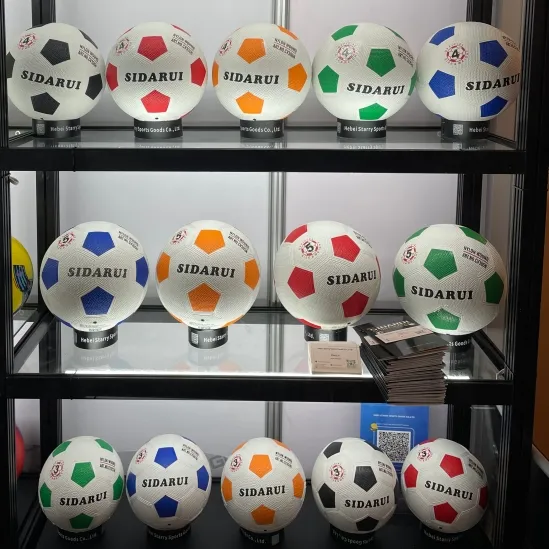
(indoor pro football)
FAQS on indoor pro football
Q: What type of ball is used in indoor pro football?
A: Indoor pro football typically uses a smaller, low-bounce ball designed for hard surfaces. It differs from outdoor soccer balls to accommodate faster gameplay and limited space. Size and weight may vary slightly by league regulations.
Q: Is a pro soccer ball size 5 suitable for indoor football?
A: While size 5 is standard for outdoor pro soccer, indoor football often uses similar sizes but with modified materials for reduced bounce. Check league guidelines, as some may specify size 4 or specialized indoor balls. The surface type also influences ball selection.
Q: How does women's pro beach volleyball differ from indoor pro football in training?
A: Women's pro beach volleyball focuses on sand resistance, vertical jumps, and weather adaptability, while indoor pro football emphasizes agility, short sprints, and ball control on hard courts. Training regimens cater to each sport's unique physical and tactical demands.
Q: Do indoor pro football leagues allow regular soccer balls?
A: Most indoor pro football leagues require balls with reduced bounce and enhanced durability for hard surfaces. While size 5 soccer balls meet standard dimensions, specialized indoor variants are preferred. Always verify league-specific equipment rules.
Q: Are there shared sponsors between women's pro beach volleyball and indoor pro football?
A: Yes, major sportswear brands often sponsor both sports due to their global audiences. However, partnerships may vary based on regional popularity and equipment needs (e.g., volleyballs vs. indoor footballs). Sponsorship deals typically align with each sport's market visibility.




